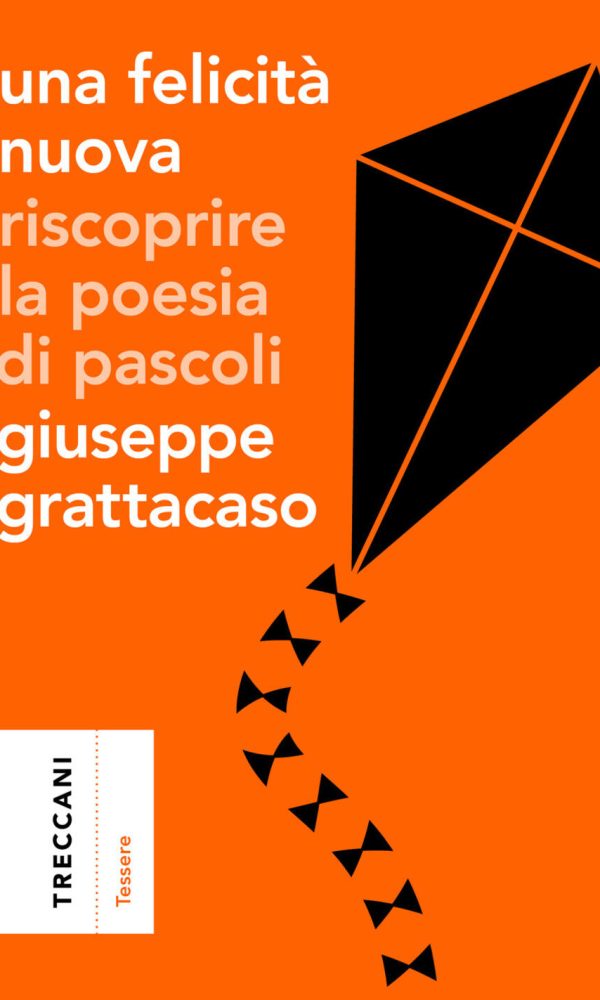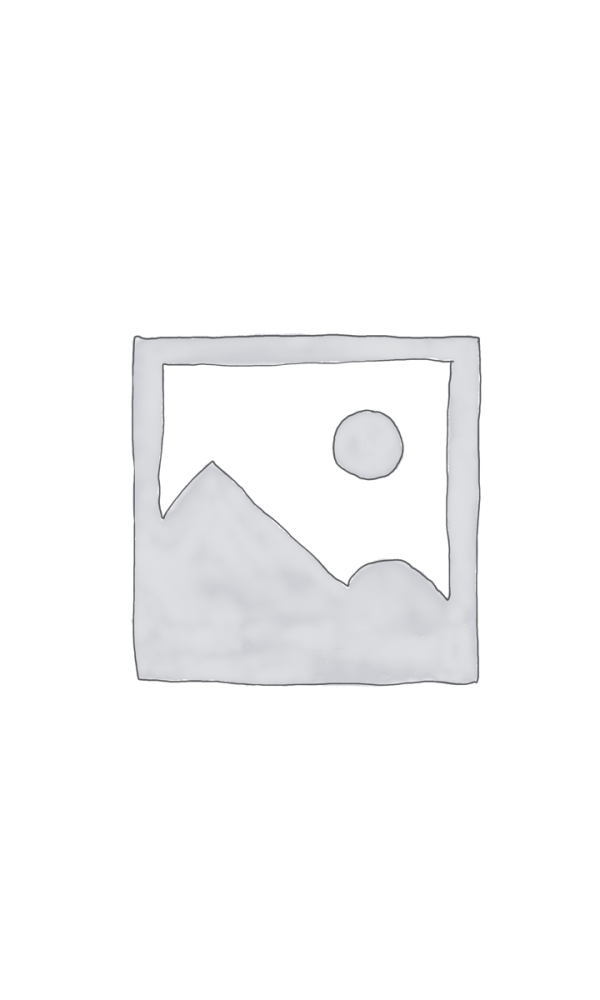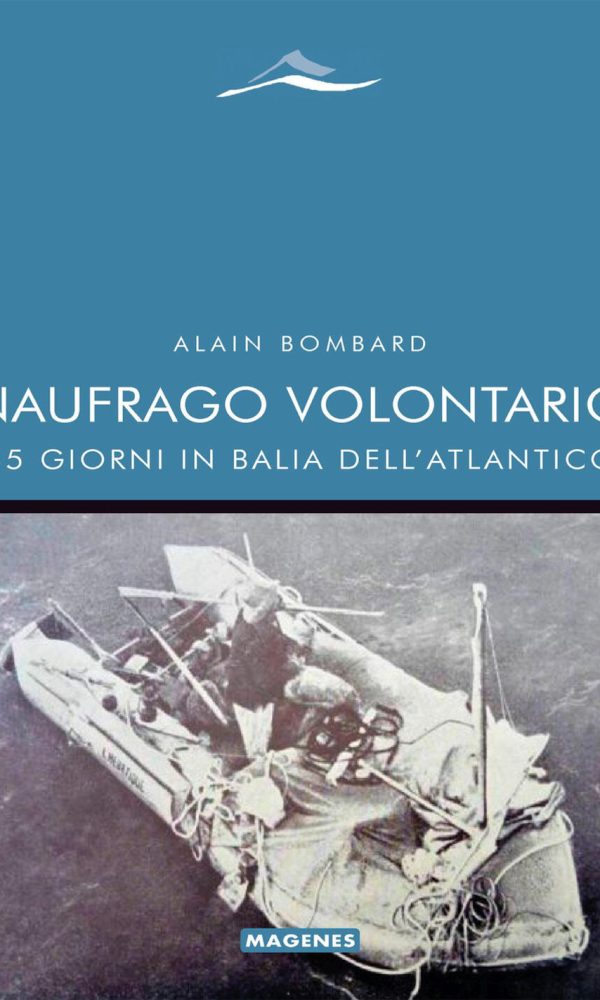Descrizione
English Summary: This book is neither a manual about epigraphy, papyrology, or paleography albeit it has all the characteristics and analogies to be considered as such. Instead, its innovative nature lies in a new and more complete image of the ancient documents from the viewpoint of the scholars who study them. The time to overcome misleading barriers and definitions is overdue. Today, more than ever, such concepts, which came to be during specific cultural and political periods, show their weak scholarly foundations. Consequently, following Karl Poppers brilliant statement that we study not disciplines, but problems, and often problems transcend the boundaries of a particular discipline: epigraphs, papyri, tabulae, parchment, graffiti, paintings, and so forth will be treated as one with the unique objective to give the reader the skills needed to read an ancient document, regardless of its writing surface and script type (Majuscule, Minuscule, Cursive, Capitals, Uncial, etc.) and with applied methodology reconstruct its context in order to obtain the largest amount of possible information. Therefore, this manual is formed of two sections: The first part presents a history of writing, its surface support materials, instruments, and types of scripts, the essential elements of paleography and a history of the book. Whereas the second part of the manual takes on the analyses between the most prominent documents (epigraphs, papyri, manuscripts) which convey the history of Rome from the Archaic Period to Late Antiquity. Italian Description: Questo libro non e tanto un manuale di epigrafia ne di papirologia e neppure di paleografia, sebbene ne mostri di tutti caratteri e affinita. Il suo carattere innovativo piuttosto consiste in una visione nuova e piu completa dello studioso dei documenti provenienti dall’antichita. Sono infatti maturi i tempi per superare artificiosi steccati e definizioni sorti storicamente in momenti culturali e politici precisi, che oggi, ancor piu che nel passato, mostrano la loro debolezza scientifica. E poiche “non siamo studiosi di certe materie, bensi di problemi. E i problemi possono passare attraverso i confini di qualsiasi materia o disciplina” – secondo un luminoso insegnamento di Karl Popper – epigrafi, papiri, tavolette, pergamene, graffiti su cocci o intonaci, pitture, ecc., saranno oggetto di una trattazione unitaria finalizzata a trasmettere al lettore le necessarie competenze per leggere un documento antico, a prescindere dal suo supporto scrittorio e dal tipo di scrittura utilizzata (capitale, maiuscola, corsiva, minuscola, onciale, ecc.), e con metodo ricostruirne il contesto per ricavarne cosi ogni informazione possibile. Il manuale e, dunque, articolato in due parti. Una parte generale dedicata alla storia della scrittura, ai materiali scrittori, alla storia del libro, alle varieta di scritture, agli elementi essenziali della paleografia. Mentre, nella seconda parte speciale, contiene si affronta l’analisi tra i piu importanti importanti documenti (epigrafi, papiri, manoscritti) che attraversano la storia di Roma dall’eta arcaica a quella tardoantica






